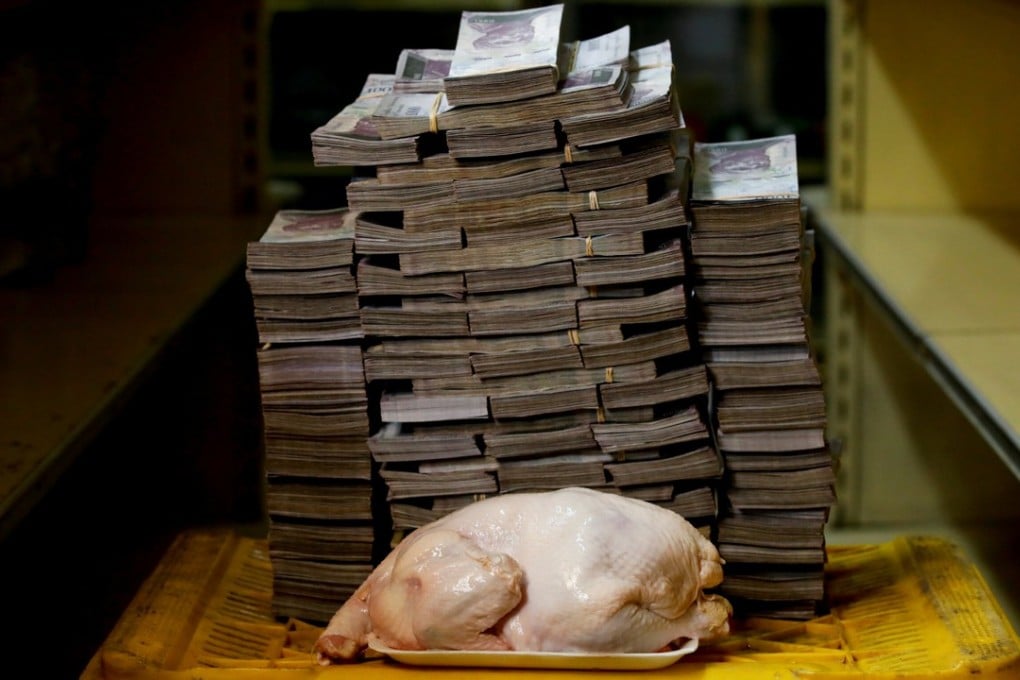How Zimbabwe paid the price for hyperinflation, offering a grim lesson for Venezuela
After inflation hit 500 billion per cent in Zimbabwe a decade ago, savings, investments and pensions were all wiped out, millions of people moved abroad and foreign investment evaporated

Ten years after hyperinflation peaked in Zimbabwe at an estimated 500 billion per cent annually, the country’s economy still lies in ruins, unable to fund basic public services and plagued by mass unemployment and emigration.
Zimbabwe’s long and painful suffering is an ominous lesson for Venezuelans facing currency devaluations in a desperate bid by their government to tackle hyperinflation.
International Monetary Fund economists warn that Venezuela’s inflation rate could exceed 1 million per cent this year.

But the experience of Zimbabwe puts that in the shade.
Prices there spiralled even further out of control between 2008 and 2009 as the Zimbabwe dollar plunged in value, triggered in part by the seizure of white-owned farms.
As agricultural output plummeted, Robert Mugabe’s government printed vast amounts of Zimbabwe dollars in a doomed attempt to ride out the crisis.
Shops raised prices several times a day and, in 2008, a 100-trillion-dollar note was introduced – though it could barely buy a loaf of bread as supplies ran out and the economy imploded.